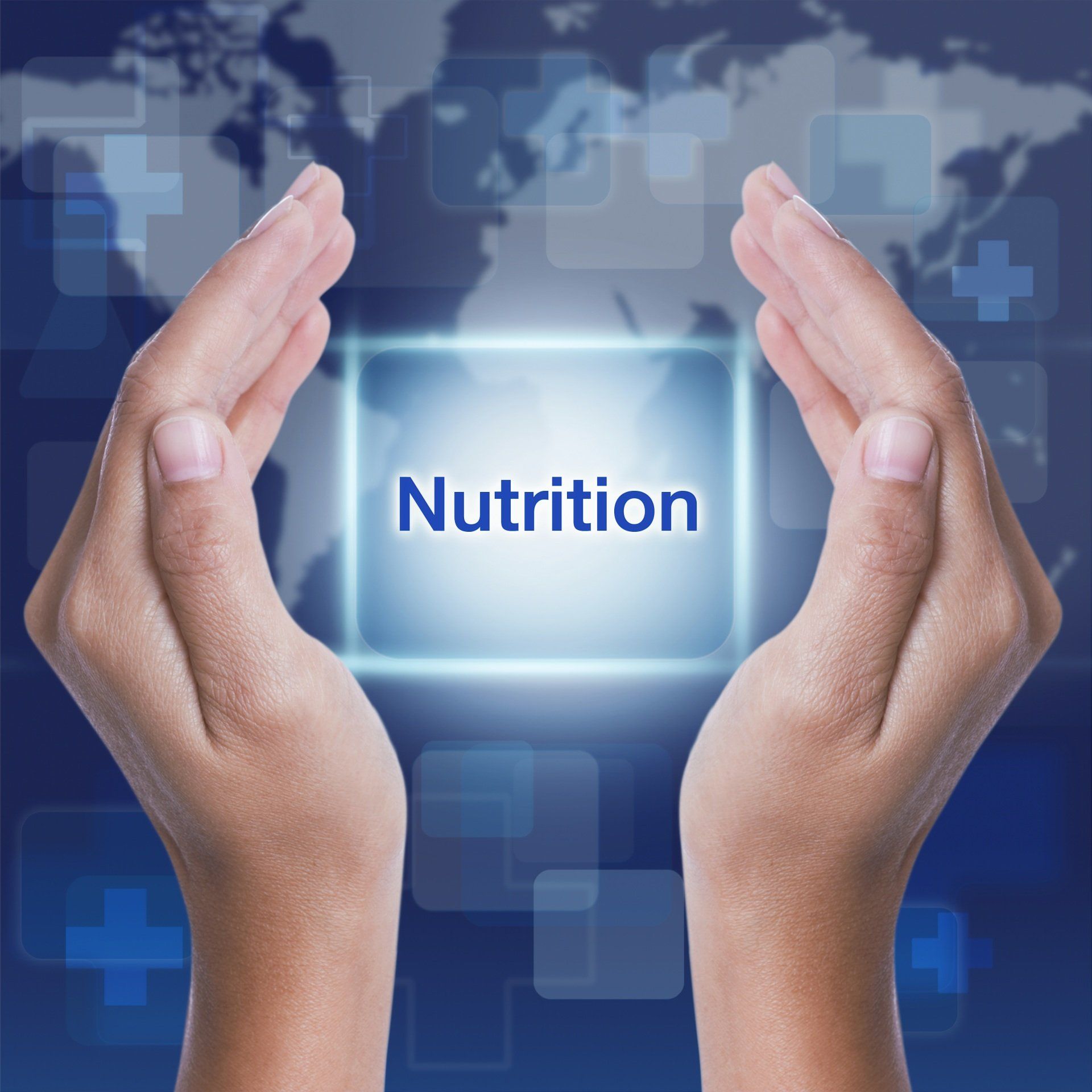ELEMENTS IN HAIR
Elements in hair
Testing for toxins and elements in hair
The (trace) elements belong, like the vitamins, the essential amino acids and essential fatty acids to the elements human beings need to be able to function properly and that the human being is unable to produce from food. (Trace) elements are crucial parts of many kinds of biochemical conversions in the body, such as co-enzyme reactions. Deficiency or excess of (trace) elements can lead to a decreased function of several (organ) systems and the human body as a whole. Other elements and toxic metals can influence the need for a (trace) element. Consequently ratios are sometimes also important.
Why test for elements in hair?
The trace(elements) in a hair test can provide insight into absolute and relative deficiencies, toxicities and imbalances between elements. The test can be used for diagnostic or preventive purpose. In the added table the clinical conditions warranting assessment are given per element.
Hair is collected easily without trauma on the part of the donor. Elements, in particular trace elements, are accumulated in hair at concentrations that are generally 10 to 50 times higher than those in blood are. Because of these higher levels, more elements can be measured in hair than in blood. The levels found in hair are mean values over a longer period of time (about 3 months).
Mind the following:(Trace) element/heavy metal levels in hair do not necessary reflect body levels. High levels also can be coursed by exposure to the (trace) element/heavy metal via the environment/ (hair)treatment/hair products (like shampoo and hair dye)
The World Health Laboratory (WHL)/ Health Diagnostics and Research Institute (H.D.R.I.) can test for the following elements in hair:
Click on the photo's to see a complete overview:
NUTRITION ELEMENTS
Calcium (Ca)
Chromium (Cr)
Cobalt (Co)
Copper (Cu)
Iodine (I)
Iron (Fe)
Lithium (Li)
Magnesium (Mg)
Manganese (Mn)
Molybdenum (Mo)
Sodium (Na)
Sulphur (S)
Phosphorus (P)
Potassium (K)
Selenium (Se)
Vanadium (V)
Zinc (Zn
TOXIC METALS
Aluminium (Al)
Antimony (Sb)
Arsenic (As)
Beryllium (Be)
Bismuth (Bi)
Bromide (Br)
Cadmium (Cd)
Gold (Au)
Lead (Pb)
Mercury (Hg)
Nickel (Ni)
Platinum (Pt)
Silver (Ag)
Thallium (Tl)
The following panels of elements/ heavy metals in hair (only panels, not single elements)
- Elements in Hair I: Calcium, magnesium, copper, zinc, selenium, chromium, manganese, cadmium, lead, mercury.
- Elements in Hair II: Calcium, magnesium, copper, zinc, selenium, chromium, manganese, cadmium, lead, mercury, sodium, potassium, iron, nickel, aluminum, vanadium, silver, sulpher, phosphorus, molybdenum, cobalt, arsenic, lithium, iodine, antimony, beryllium, bismuth, bromine, platinum, gold, thallium tin.
- Drugs screening: Amphetamine, Methamphetamine, MDA, MDMA, MDEA, Cocaine, Benzoylecgonine, Methadone, EDDP, Codeine, Dihydrocodeine, Morphine, 6-Monoacetylmorphine, 9-Tetrahydrocannabinol.
A total elements check-up is advised in case of:
- “Poor (general) health
- Suppressed immunity/ allergy
- Exposure to toxic metals
- Cardiovascular diseases
- Glucose-intolerance/hypoglycemia
- Cancer
- Vague complaints and aspecific symptoms like fatigue and headache
- Psychological, behavioural and learning diffculties/ mental diseases
- Complaints of joints and bones
- Monitoring the effect of suppletion
- Preventive purpose/ to detect subclinical deficits
- Check possibilities of optimizing health//performance
Clinical condition warranting assessment of Single elements
Aluminium (Al)
Toxicity:Loss of appetite, nausea ,colic, pain in muscles, weak bones, weakness, dementia, mental complaints.
Arsenic (As)
Toxicity: headache, confusion, convulsion, vomiting, severe diarrhea.
Cadmium (Cd)
Toxicity: Atherosclerosis, hypertension, decreased immunity.
Calcium (Ca)
Low: Brittle bones/osteoporosis, joint pains, muscle cramps, mental complaints like irritability, tooth decay, slow blood clotting/ hemorrhage, pregnancy.
Chromium (Cr)
Low: Alcoholism, atherosclerosis, glucose intolerance/hypoglycemia, pregnancy.Toxicity:skin problems.
Cobalt (Co)
Low: pernicious anemia, retarded growth .
Magnesium (Mg)
Low: Alcoholism, allergy, caries, diabetes, diarrhea, dysmenorrhea, eclampsia, epilepsy, cardio-vascular diseases, high/low blood pressure, high intake of calcium, phosphates and vitamin D, headache, hyperactivity, hypothermia, complaints of the muscles and muscle cramps, mental diseases like anxiety, depression, disorientation, hallucination, irritability and confusion, nausea and vomiting, tiredness, kidney stones, osteoporosis, spasm, stress (also because of noise, infection or disease), decreased breathing, pregnancy.
Manganese (Mn)
Low: Convulsion, diabetes, weak bones, loss of hearing, glucose intolerance, neurological complaints, sterility. Toxicity: anorexia, psychological and motor difficulties.
Mercury (Hg)
Toxicity: Diarrhea, neurological complaints like irritability, moodiness and depression, loss of coordination, intellectual ability, vision and hearing.
Nickel (Ni)
Toxicity: Headache, nausea and vomiting, respiratory problems.
Potassium (K)
Low: Slow irregular heartbeat, neuromuscular diseases like signs of paralysis, weakness.
Copper (Cu)
Low: Anemia, atherosclerosis, osteoporosis, poor wound healing, too high zinc or cadmium, vitiligo. Toxicity/high: mental illness, (postpartem) depression, liver cirrhosis. organ damage.
Lithium (Li)
Low: Aggressive behavior, depression.
Lead (Pb)
Toxicity: Stomach ache, hypertension, mental diseases like depression, dizziness, concentration impairment, irritability, restlessness, confusion and impaired memory, pain in the muscles, premenstrual syndrome, decreased immunity against infection, fatigue, pregnancy-related diseases.
Iron (Fe) Low: Anemia , fatigue, and pregnancy. Toxicity/high: hemochroma-tosis, headache, shortness of breath, accelerated degeneration, diabetes, impaired organ functions (liver, pancreas, heart)
Selenium (Se)
Low: Asthma, eczema, joint complaints, heart diseases, (increased sensitivity for) infections, high exposure to heavy metals (e.g.. mercury), cancer, decreased fertility of man, decreased glutathion peroxydase activity, hypothyroidie (decreased conversion of T4 to T3), increased degeneration. Toxicity: loss of hair, teeth and nails, brittle nails, skin problems, Gastro-intestinal distress, garlic breath odor, lethargy .
Vanadium (V)
Low: High cholesterol/ cardiovascular diseases, glucose-intolerance/ hypoglycemia, impaired growth.
Zinc (Zn)
Low: Impaired growth, alcoholism, impotence (young man), irregular menstruation (young women), infertility, poor wound healing,loss of taste/sense of smell, pregnancy. High: Copper deficiency.
LITERATURE:
- Gayla J. Kirschmann. Nutrition Almanac. Fourth edition McGraw-Hill, New York, USA 1996
- Melvyn R. Werbach. Nutritional influences on mental Illness. A sourcebook of clinical research. Third Line Press. USA, 1999.
ADDRESS Europe
WHL | World Health LaboratoryRegulierenring 93981 LA BunnikThe NetherlandsPhone: +31 30 2871492Fax: +31 30 2802688CC: 58481087
ADDRESS North America
HDRI| Health Diagnostics and Research Institute 540 Bordentown Avenue, Suite 2300 South Amboy, NJ 08879Phone: +1 732-721-1234Fax: +1 732-525-3288
OPENING HOURSAPPOINTMENT ONLY:
- Mon - Fri
- Appointment Only
- Sat - Sun
- Closed
Yes, download Request Form




